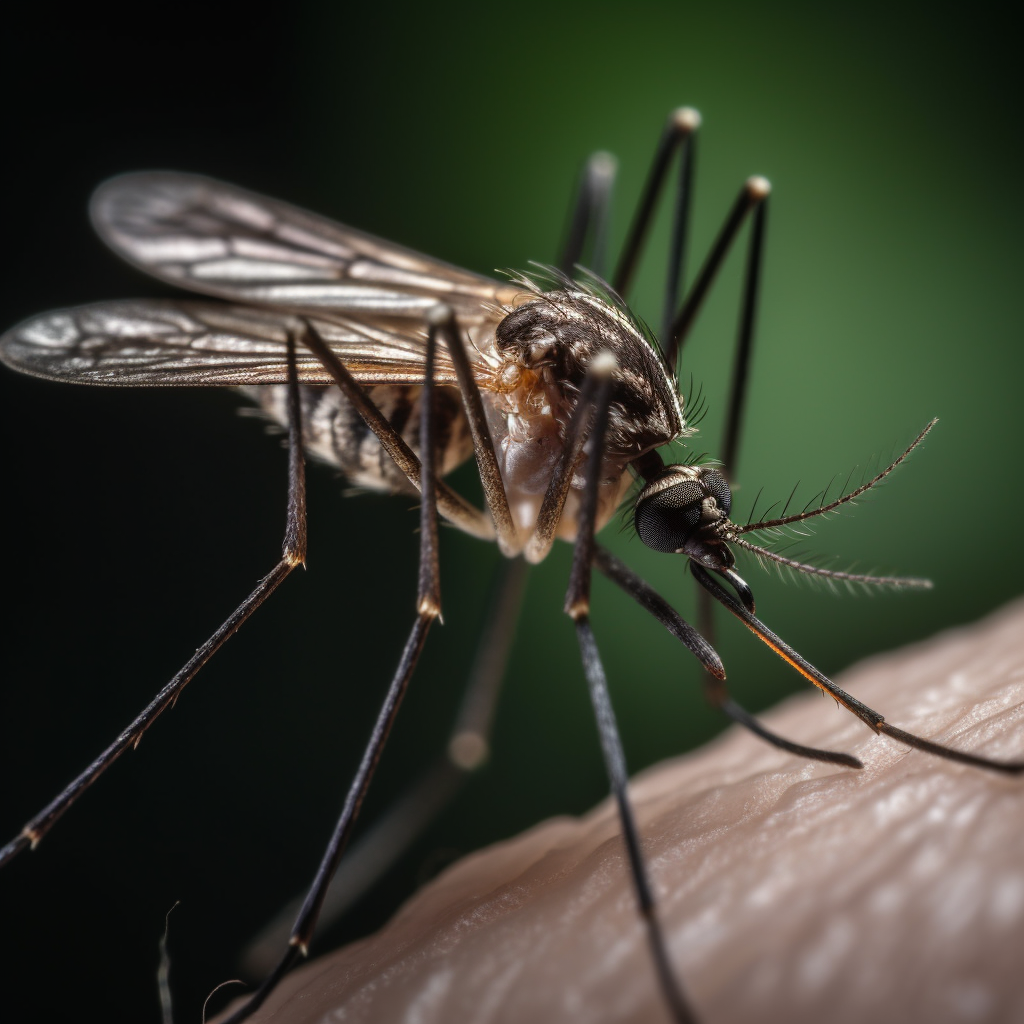June 3, 2024
Dengue Fever on the Rise – How Climate Change is Fueling a Global Health Crisis
Book a Demo
Boulder, Colorado resident, Meg Norris, 33, found herself in a precarious health situation following her travels in Argentina in April 2024. She contracted dengue fever, a mosquito-borne viral disease that has been plaguing Latin America in what is being termed as the worst outbreak on record.
Symptoms of dengue fever can vary greatly but often include intense body aches, swollen lymph nodes, and high fever. All of these symptoms were unfortunately experienced by Norris during her encounter with the disease. This underscores the severity and discomfort associated with dengue fever, a disease that is becoming increasingly common and widespread.
The first 4 ½ months of 2024 have seen a staggering 238% increase in dengue fever cases from the previous year in Latin America. This surge is not only alarming for local communities but also for travelers like Norris who may not anticipate the risk.
This spike in cases is being exacerbated by the El Niño weather pattern. This phenomenon leads to unusually warm and wet conditions, creating the ideal breeding ground for the Aedes aegypti mosquitoes that carry dengue. These conditions, coupled with climate change, are creating favorable environments for mosquito breeding and virus replication, contributing significantly to the spread of dengue fever.
Traditionally, dengue fever was primarily a concern in tropical regions. However, due to global warming, the disease has begun to appear in more temperate climates. This shift is causing concern among health professionals globally as they brace for the potential widespread impact of the disease.
Indeed, the United States has not been spared from this global health concern. Cases of dengue fever have been reported within the country, with local transmissions seen in states such as California, Arizona, Florida, and Texas. The Aedes aegypti mosquitoes, the primary transmitters of dengue, are now regularly found in the southern parts of the U.S. and have even been spotted as far north as the Bay Area and Washington, D.C.
The story of Meg Norris serves as a stark reminder of the increasing global threat posed by diseases such as dengue fever. As global warming continues and weather patterns like El Niño become more prevalent, the risk of contracting such diseases is set to increase, requiring greater awareness and public health initiatives to combat their spread.
Science4Data is committed to cut through greenwashing and measure real impact. Join the journey to a sustainable future. Your actions matter.



